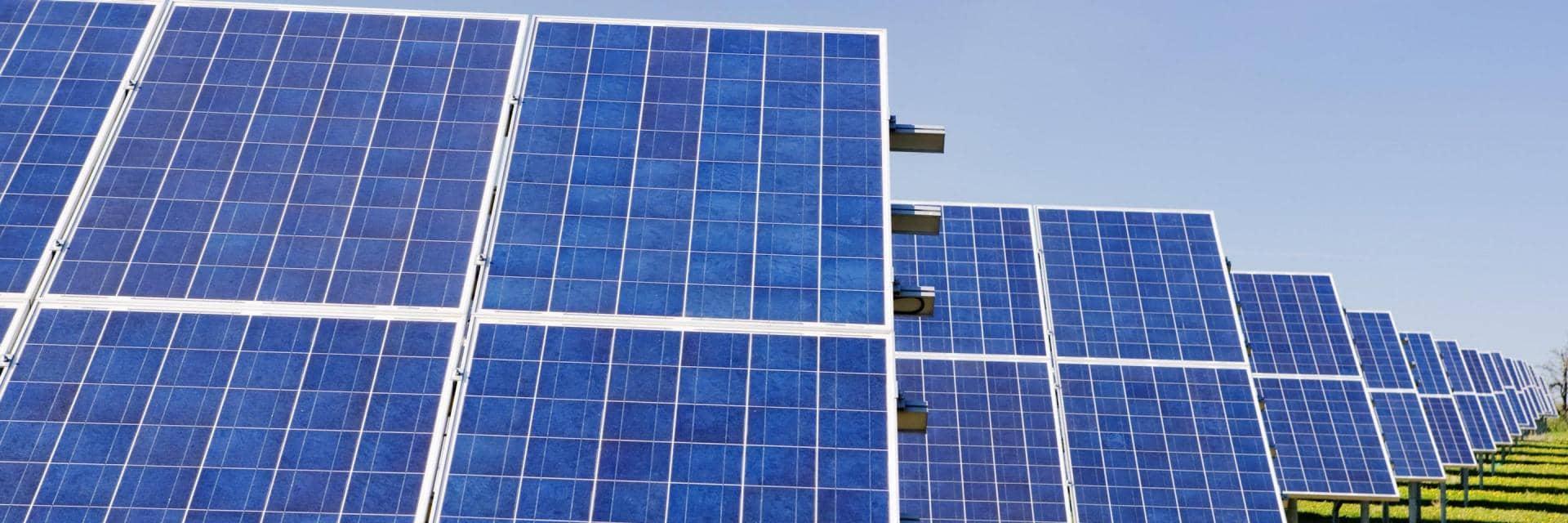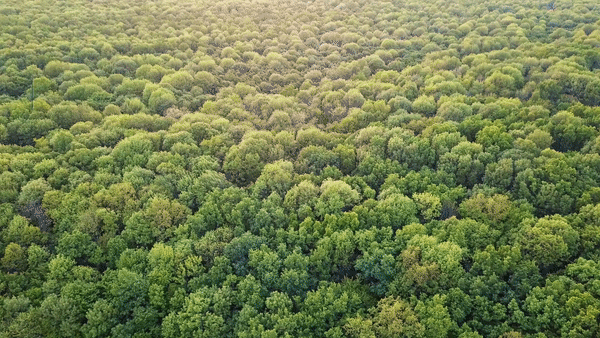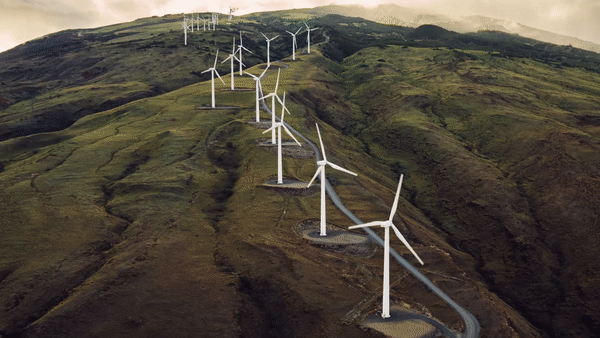
Generational shifts impacting family offices
27 August 2019
4 minute read
How family offices are turning to investing with purpose
“There was a time when all our investment discussions were about how to manage risk while maximising returns,” says a Belgian industrialist who has been investing his family’s wealth with his family office advisers for more than three decades.
“However, the world is changing, and the next generation has a different outlook. When my son and nephew began attending these meetings recently, they asked how we could also be sure that our family’s money was a force for good. So we started thinking about how we incorporate this into our strategy.”
His family’s decision to focus on impact, as well as returns, has had a significant effect on how and where the family invests, the industrialist explains.
“We became quite excited about community-based renewable energy projects and several social enterprises captured our imagination,” he says. “The challenge was that our family office didn’t have the experience or the confidence to pursue these new investment strategies, so we had to broaden its resources with more specialist expertise.”
In making this shift, the Belgian family is part of a wider movement towards impact investing – the idea that investors should look to generate a social and environmental impact with their money as well as financial returns.
This month sees the launch of the latest FT Investing for Global Impact report, an annual study into the attitudes of family offices, foundations and high-net worth individuals (HNWI) towards impact investing.
The 2019 study suggests impact investing is more popular than ever before1. It found that some 41% of respondents had already made their first impact investment, up from 28% in 2018.

“The rise of impact investing has been meteoric,” says Sapna Shah, managing director of The Global Impact Investing Network (GIIN), a not-for-profit organisation with a mission to increase the adoption of impact investing globally. “We live in a world that is so highly connected, it’s no longer possible or appropriate to think of any activity in a silo – everything we do has an impact, for positive or negative, including our investing.”
Making an impact
Interest in impact investing is typically much stronger among younger investors, suggesting a generation shift in the way that investments are perceived. A Barclays report released last year found that 43% of respondents under 40 had made an impact investment before, compared to just 3% of those aged over 60.
Noga Confino heads-up the Lister family office in London, which started to incorporate sustainability and environmental impact into its investment criteria three years ago.
The family office includes two charities, the European Nature Trust and the Lister Charitable Trust, both of which have strong conservation and environmental objectives. Family members wanted to be certain that none of the companies they were invested in had an adverse effect on the environment.
“The Lister family pointed out that it didn’t make sense to invest in companies that act in a way that harms the environment, only for their charities to be trying to reverse these effects,” she says.
Around 80% of the family’s portfolio is managed with sustainability as part of the investment criteria, but this is being increased to 100% of the charities’ portfolios in the coming months. These portfolios might include companies such as Thermo Fisher, a US biotechnology company, Danaher, a science and technology company, and Ecolab, a hygiene and energy company.
This decision reflects a broader trend, according to this year’s FT Investing for Global Impact Report, which found that almost half of all respondents consider such holdings as core to their portfolios, and just under a third follow a satellite portfolio strategy.
Amongst high-net worth (HNW) investors, 58% of respondents said impact investments are a core element of their portfolios, and for family offices this was 40%.

“A historical performance comparison has shown that we have not necessarily seen a trade off in terms of returns,” says Noga. “Having said that, it took years to find the right strategy that achieved this.”
“Being part of the solution, not the problem, should, over time have a positive impact on returns as well as the environment,” says Paul Lister.
All the evidence suggests market-rate returns are achievable. In traditional equities, for example, the MSCI KLD 400 Social Index suggests companies with strong sustainability profiles have outperformed the rest of the market over the long term, delivering annualised returns of 11.2% against 10.7% since 19902.
In other asset classes, green and social bonds are growing in popularity – the European Central Bank last year reported 78% growth in issuance3. Infrastructure, property, private equity and venture capital all offer potential access points to the impact investment universe, often through specialist funds focused on different sustainability, environmental and social themes.
Discussions in the family
No doubt, family offices will face other challenges as they consider increasing exposure to impact. It will be important, for example, for the whole family to talk openly about their priorities and interests.
Get it right and family offices can play a crucial role in empowering their clients to explore their impact preferences, says the GIIN’s Sapna Shah. “The key is to equip the office with the knowledge needed to have the right conversations with families,” she says. “Finding the right approach may take some time: impact investing is a broad tent, but it is possible to find investment opportunities for families if you’re prepared to have the in-depth conversations to understand their values, and their financial and impact goals.”
The bottom line is that impact investing is growing fast amongst the wealthy and family offices will need to respond. Toniic, a global action community for deeper impact investing, reports that the capital which members of its "T100" study have allocated to impact investments has grown by 70% in just two years, from $1.65bn to $2.8bn4. Looking at the impact investing industry as a whole, the GIIN says assets under management now total $502bn5.
“Impact investing is rapidly becoming mainstream,” says Barclays’ Payiatakis. “Family offices face specific challenges in making this shift, but these will need to be confronted; as the next generation of investors comes of age, we’ll stop talking about ‘impact investing’ – all investment decisions will take social and environmental criteria into account.”

Related articles
Investments can fall as well as rise in value. Your capital or the income generated from your investment may be at risk.
This document has been issued by the Investments division at Barclays Private Banking and Overseas Services (“PBOS”) division and is not a product of the Barclays Research department. Any views expressed may differ from those of Barclays Research. All opinions and estimates included in this document constitute our judgment as of the date of the document and may be subject to change without notice. No representation is made as to the accuracy of the assumptions made within, or completeness of, any modeling, scenario analysis or back-testing.
Barclays is not responsible for information stated to be obtained or derived from third party sources or statistical services, and we do not guarantee the information’s accuracy which may be incomplete or condensed.
This document has been prepared for information purposes only and does not constitute a prospectus, an offer, invitation or solicitation to buy or sell securities and is not intended to provide the sole basis for any evaluation of the securities or any other instrument, which may be discussed in it.
Any offer or entry into any transaction requires Barclays’ subsequent formal agreement which will be subject to internal approvals and execution of binding transaction documents. Any past or simulated past performance including back-testing, modeling or scenario analysis contained herein does not predict and is no indication as to future performance. The value of any investment may also fluctuate as a result of market changes.
The value of any investment may also fluctuate as a result of market changes.
Neither Barclays, its affiliates nor any of its directors, officers, employees, representatives or agents, accepts any liability whatsoever for any direct, indirect or consequential losses (in contract, tort or otherwise) arising from the use of this communication or its contents or reliance on the information contained herein, except to the extent this would be prohibited by law or regulation..
This document and the information contained herein may only be distributed and published in jurisdictions in which such distribution and publication is permitted. You may not distribute this document, in whole or part, without our prior, express written permission. Law or regulation in certain countries may restrict the manner of distribution of this document and persons who come into possession of this document are required to inform themselves of and observe such restrictions.
The contents herein do not constitute investment, legal, tax, accounting or other advice. You should consider your own financial situation, objectives and needs, and conduct your own independent investigation and assessment of the contents of this document, including obtaining investment, legal, tax, accounting and such other advice as you consider necessary or appropriate, before making any investment or other decision.
THIS COMMUNICATION IS PROVIDED FOR INFORMATION PURPOSES ONLY AND IS SUBJECT TO CHANGE. IT IS INDICATIVE ONLY AND IS NOT BINDING.